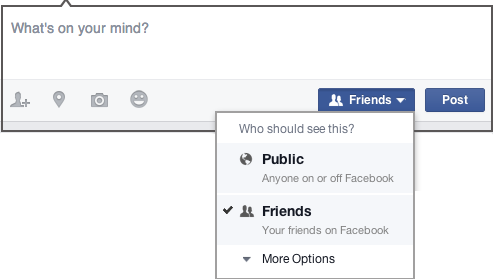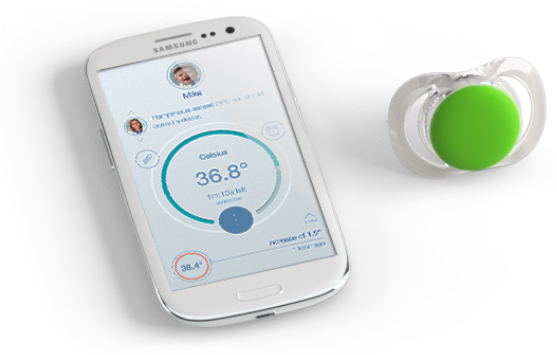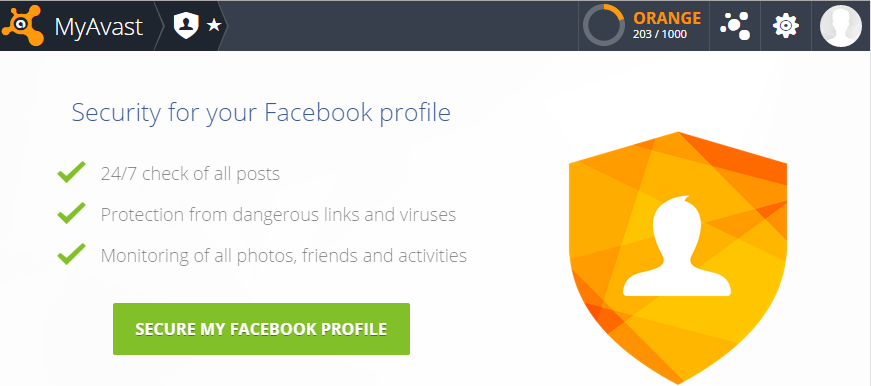Mandriva Linux Security Advisory 2015-019 – A carefully crafted DTLS message can cause a segmentation fault in OpenSSL due to a NULL pointer dereference. This could lead to a Denial Of Service attack. A memory leak can occur in the dtls1_buffer_record function under certain conditions. In particular this could occur if an attacker sent repeated DTLS records with the same sequence number but for the next epoch. The memory leak could be exploited by an attacker in a Denial of Service attack through memory exhaustion. Various other issues have also been addressed. The updated packages have been upgraded to the 1.0.0p version where these security flaws has been fixed.
Monthly Archives: January 2015
Internet of Things Privacy: FTC chairwoman warns of risks
The Chairwoman of the Federal Trade Commission has offered stern warnings of privacy in relation to the Internet of Things in her opening remarks at CES 2015, reports SC Magazine.
The post Internet of Things Privacy: FTC chairwoman warns of risks appeared first on We Live Security.
Christmas gadgets could cause corporate security issues says Ernst & Young
Consultancy firm Ernst and Young have warned that employees returning to work with new smartphones and tablets purchased over the Christmas period could be a security risk for companies.
The post Christmas gadgets could cause corporate security issues says Ernst & Young appeared first on We Live Security.
Facebook privacy basics – 3 areas to look at
 Posting a privacy notice on your Facebook feed does nothing to keep your updates, photos, or videos private. You need to tweak the settings yourself.
Posting a privacy notice on your Facebook feed does nothing to keep your updates, photos, or videos private. You need to tweak the settings yourself.
You may have noticed a legal-sounding statement being shared on people’s Facebook News Feed lately. As we explained in the blog, Posting a privacy notice on Facebook is useless, this statement does nothing to protect users’ privacy. However, it’s great that Facebook users are concerned about these things – it demonstrates a leap forward in awareness and a desire to protect yourself. That’s why we are sharing the three major areas you need to be aware of when it comes to protecting your privacy:
- 1. Your posts
- 2. Your profile
- 3. Your apps
Your posts control who can see what you share when you post from the top of your News Feed or your profile. This tool remembers the audience you shared with the last time you posted something and uses the same audience when you share again unless you change it.
 If you need to delete a post go to your Timeline and find the status update, photo, or video you want to remove. Open the menu in the upper right corner of the post and select Delete.
If you need to delete a post go to your Timeline and find the status update, photo, or video you want to remove. Open the menu in the upper right corner of the post and select Delete.
Your profile includes information about you like Work and Education, Places You’ve Lived, Family and Relationships, etc. To see how others view your profile, go to your profile and select View As… on the menu in the lower right corner of your cover photo. If there is information that you don’t want the world to see, then click Update Info at the bottom of the cover photo of your profile to make sure it’s up-to-date and shared with who you want.
Your apps are what you’ve logged into with your Facebook identity. More and more websites and applications, including Avast, are allowing you to do that, because it’s more convenient than creating a new username and password.
When you choose to use your Facebook information to log in, you are also sharing personal information from your Facebook account with the other website. Third party websites can also sometimes post updates to your wall on your behalf. You can edit who sees each app you use and any future posts the app makes for you, or delete the apps you no longer use. Edit your apps by going to your App Settings.
You can view other settings at any time in your Privacy Settings. Or click the padlock icon located in the top right corner.
Use Social Media Security in your Avast account
Every Avast customer has access to our Social Media Security check via your MyAvast account. You can secure your Facebook profile with:
- 24/7 check of all posts
- Protection from dangerous links and viruses
- Monitoring of all photos, friends, and activities
Here’s what you do:
- 1. Go to your my.avast.com account. Your Avast Account is created automatically from the email account entered for any Avast GrimeFighter purchase or Avast Free Antivirus registration. Here’s instructions on our FAQ if you don’t have an account.
- 2. On the bottom left side of the main screen, you will see Social Media Security. Click the blue button to begin a scan. (You may need to connect your Facebook account first.)
- 3. After the scan is complete, Social Media Security will show you all the issues that it found. You can choose to review each of those issues and disregard if it’s OK, or manage the settings within Facebook.
Thoughts from CES: The physical world is becoming digital
As a long-time attendee of CES, I tend to look forward to it with both excitement and trepidation. As it gets bigger each year, it steadily becomes busier and more difficult to physically get around and take it all in.
This year, I walked away from the show thinking we finally have reached a point where smart digital tech doesn’t just sit within a specific market or category any more. Instead, it’s finally become ubiquitous and is now being embedded throughout our everyday lives. It was evident at the show that we are truly in the “smart” and “Internet of Things” era.

Image courtesy of GigaOm
Shawn DuBravac, chief economist for the Consumer Electronics Association (CEA), identified this phenomenon as the ‘digitization of physical space”, “permeation of logic” and the “Internet of Me”.
Regardless of what you call it, CES 2015 showed me that innovation in connected technology is now everywhere – from baby pacifiers to dog bowls, home appliances to, of course, the self-driving car.
As always, we must remember that as fascinating as they are, many of the products at CES are in the prototype phase –and many will never reach the wider market. But nonetheless, it’s always interesting to observe and try to gauge what we may have in store a few years down the line.
This year I was fortunate enough to also be exhibiting at CES as part of the Lifelong Tech and Family Tech Summits. AVG exhibited many of our family-focused products (including our Location Labs, Privacy Fix, and Zen products) in the Sands Expo Hall.
We were surrounded by all things smart and wearable for health, fitness, education and families. It was a fascinating and highly trafficked place to be where the digitization of everything and the Internet of Things was on display in full force.
Where it will all go from here in the year ahead, will be, not doubt, rooted in practicality. For example, let’s take that baby pacifier I mentioned.

The Pacif-i, a “smart” baby pacifier designed by U.K.-based Blue Maestro was a big hit. This product connects to parents’ smartphones via Bluetooth, and alters them to situations such as as when their baby is running a fever. In this instance, smart devices are creating very useful and valuable information to help parents.
Then at the other end of the spectrum were many fun, novelty and me-too items (names I’ll withhold) whose value will need to be proven…
It’s an exciting new world that we’re embarking upon. But it also reminds us that our privacy and security is increasingly paramount. That’s why we at AVG are continually looking at the trends and what we can do to help you guard and defend your data, devices and “digital” selves.
